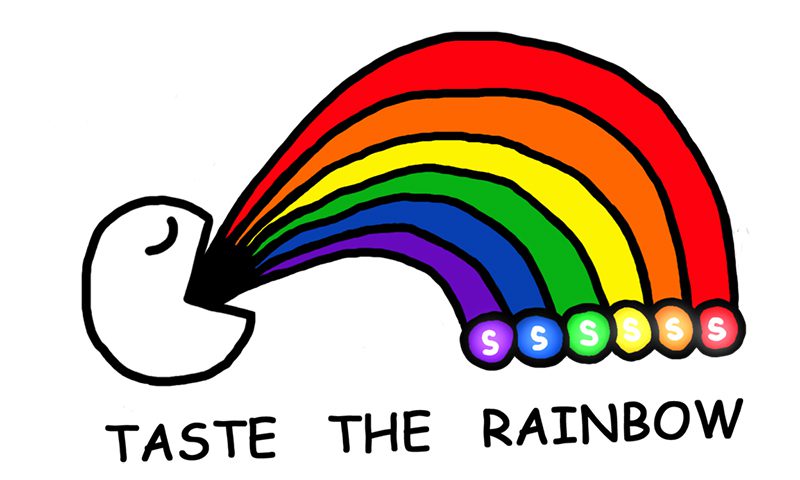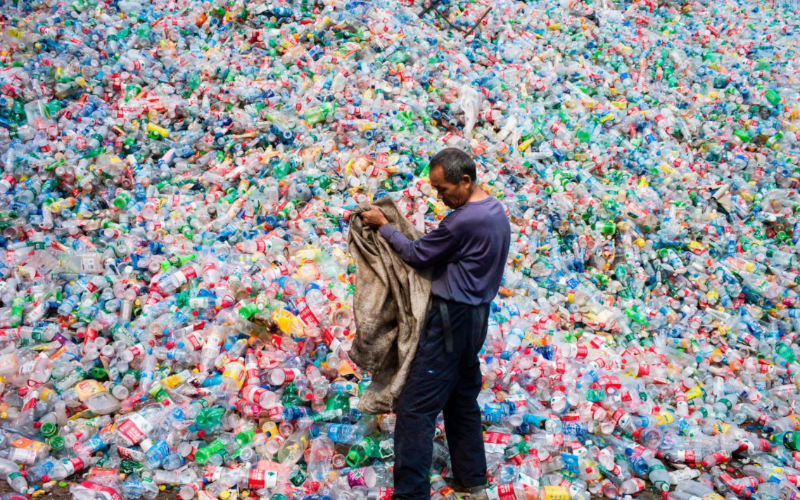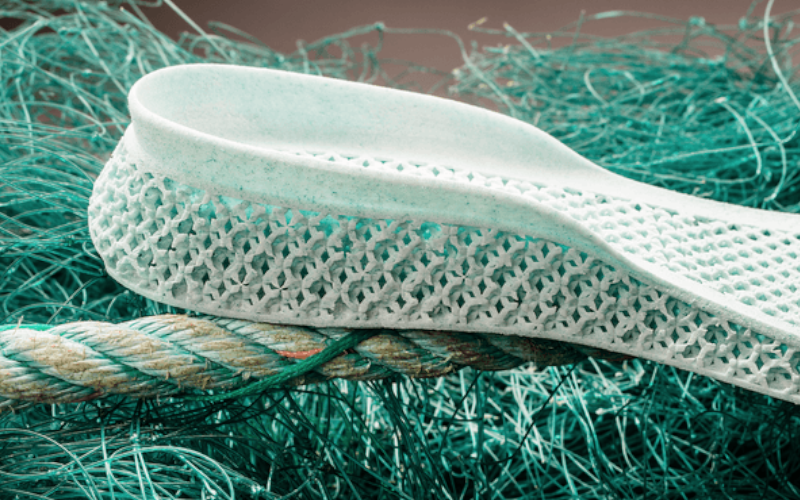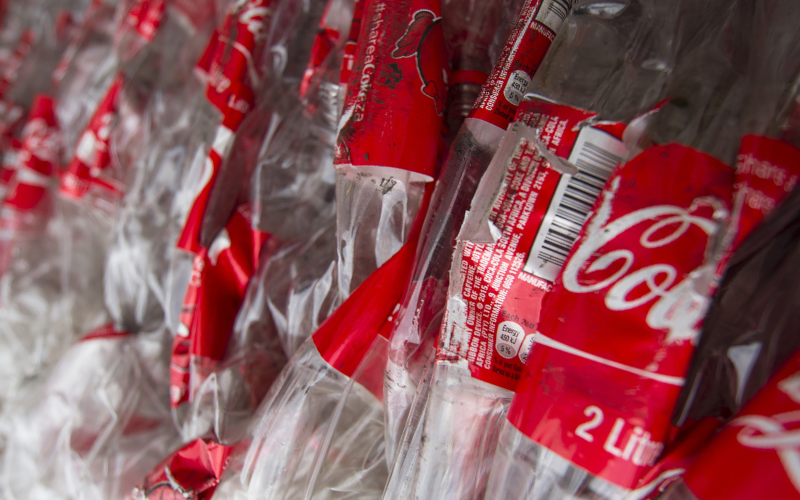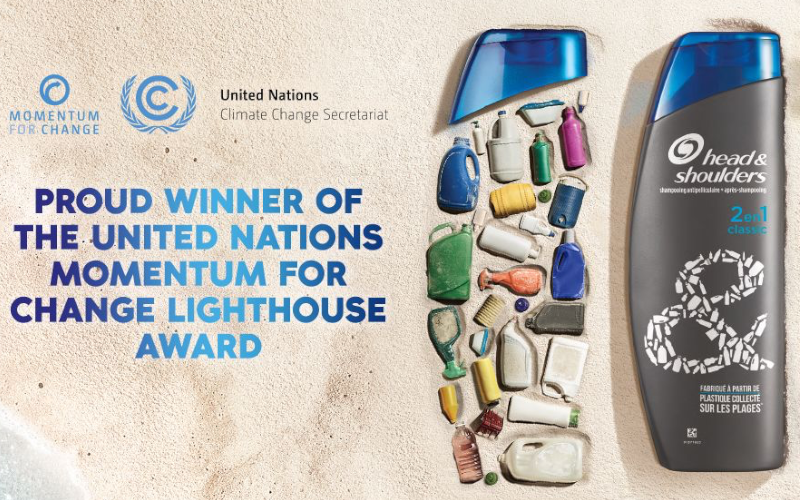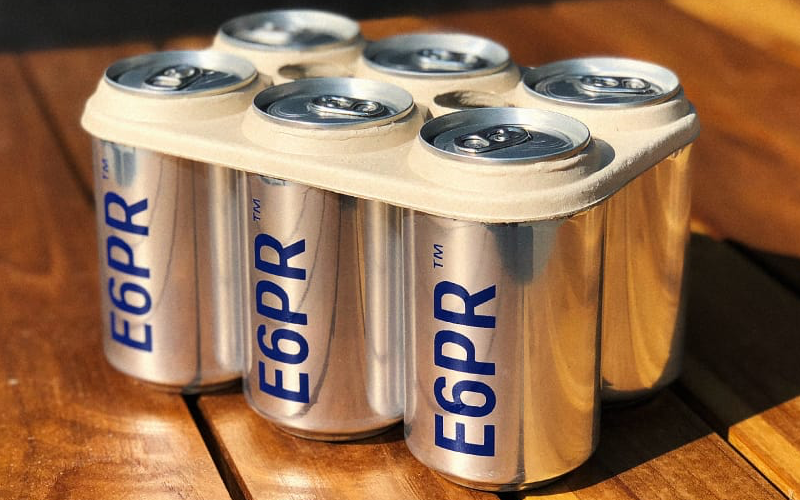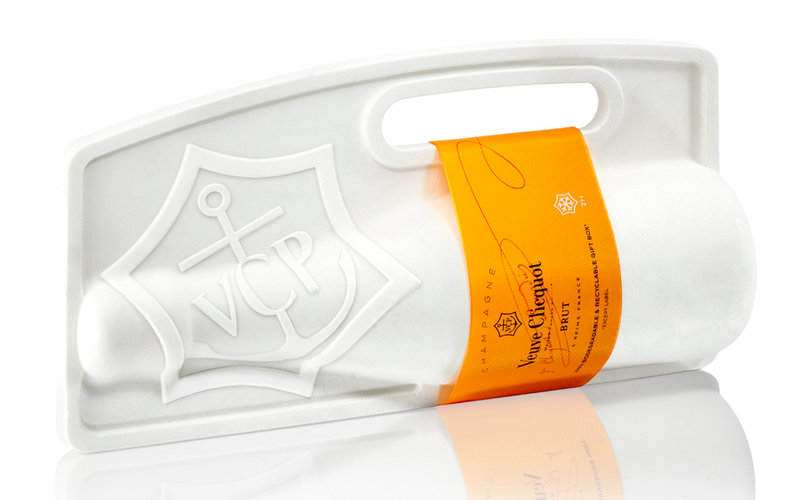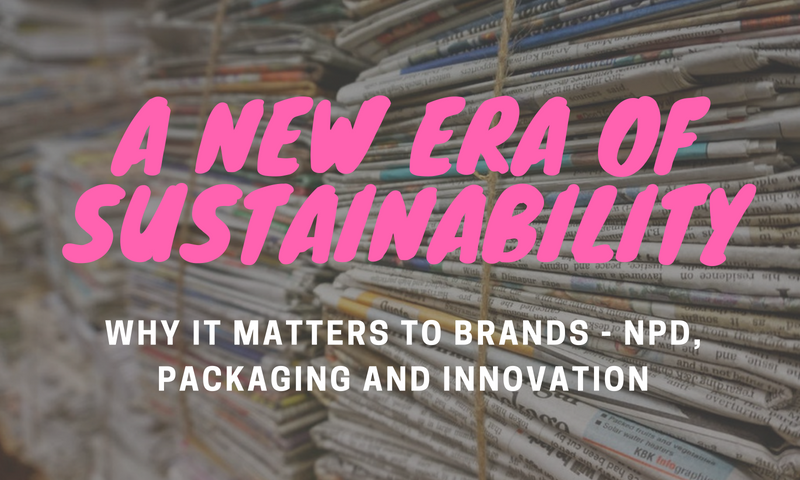
Sustainability and why brands must take action
You’d be hard pushed to find a global brand that doesn’t have a view on sustainability. So much so that some would suggest overuse has eroded its true meaning. And there’s others that would argue that despite its grounding in altruism, there exists brands that abuse the term for their own gain. No less, in today’s world sustainability is an imperative action, more business decision than marketing campaign – one with the potential to unlock a kaleidoscope of possibilities for a brand.
Why so? Put simply, we’re in quite a horrifying situation. During 2016 Ireland produced almost a million tonnes of packaging waste. And while recycling rates have increased in recent years, the overall amount of waste sent to landfills rose by 40% (EPA, 2017). The real problem is that much of this is plastic. It can take 450 years for some types of plastic to break down and while PET is recyclable, it doesn’t biodegrade at all. Of the 8.3 billion tons of plastic that have been produced globally, 6.3 billion tons has become plastic waste. Of that, just 9% has been recycled (National Geographic, 2017).
Thankfully, today’s consumer is increasingly aware – sustainability is a prevalent societal narrative, shaping beliefs and behaviours every day. From the increasing demand for plant-based foods to the potential latte levy and the recent push for the EU to ban plastic straws, the topic of sustainability is driving a desire for products and packaging that are kinder to the environment.
But why does sustainability matter to brands?
- Consumers have begun to expect that brands play their part in tackling these environmental issues. In fact, 81% of millennials expect their favourite companies to make public declarations of their corporate citizenship (Nielsen, 2015). And as empowered consumers share their opinions and concerns online, brands that fail to comply are increasingly scrutinised
- It’s an influencing factor in the products consumers buy. One third of global consumers are now choosing to buy from brands they believe are doing social or environmental good (Unilever, 2017)
- It commands a premium. This same Nielsen study found that 66% of respondents would pay more for a product or service if the company was committed to positive social and environmental change. And some brands have already seen a clear return – Unilever’s ‘Sustainable Living’ brands are growing more than 50% faster than the rest of the business, accounting for 60% of total growth in 2016
From fashion to retail to foodservice and technology, brands have begun to develop products with sustainability at the core
Lego has announced that its first pieces made from sustainably sourced plastic will be introduced this year. The group hopes that all its core products and packaging will be made using sustainable materials by 2030.
Adidas has begun to introduce products made with plastics collected from oceans. The outer body, laces, heel, and interior of its UltraBoost shoes are primarily made from recycled plastic. And clearly, the consumer demand exists – last year Addidas sold over a million pairs.
L’Oréal has pledged that by 2020, they will ensure that 100% of its products show environmental or social improvement.
Iceland has removed plastic straws and vows to cut out all plastic packaging from own brand products in the next five years.
But it’s not just about the development of more sustainable products – packaging plays a major role too
- The global sustainable packaging market is set to reach $440.3 billion by 2025 (Research Markets, 2016)
- 96% of brand owners admit that use of sustainable packaging is important to their business (ProCarton, 2018)
- 72% of consumers would be interested in buying products with packaging made wholly/partially from recycled plastic (Mintel, 2017)
- 72% of consumers around the world are willing to pay more for products with packaging that brings sustainable benefits (BillerudKorsnäs, 2017)
So how are brands responding?
They’re listening. Across industries and geographic locations, brands of all size and stature are setting goals and developing strategies around sustainable packaging. As one of the largest players in the FMCG world, Unilever has pledged that by 2025 all of its plastic packaging will be reusable, recyclable or compostable.
Coca-Cola has committed to recycling a can or bottle for every bottle they sell by 2030. The company also set a target to make all new bottles with 50% recycled material by 2030. That’s a substantial increase from just 7% today.
Gucci recently launched 100% recyclable packaging. The luxury brand has also cut down on excess packaging – gift boxes are now only used when requested.
This new focus has driven a number of sustainable packaging innovations
With huge investment in sustainability, Dell was the first IT firm to produce computers and monitors that contain e-waste plastics and recycled carbon fiber. They’ve now gone a step further and developed the technology industry’s first packaging trays made with 25% recycled ocean plastic – part of the brand’s overall goal of 100% sustainable packaging by 2020.
Procter & Gamble has sourced, developed and launched the first fully recyclable shampoo bottle made from up to 25% recycled beach plastic
Plastic six-pack rings are well known for trapping and harming wildlife. Startup E6PR’s “eco six-pack ring” is biodegradable and compostable and made from wheat and barley.
Again this is very much relevant to luxury brands – Veuve Clicquot’s Naturally Clicquot II PaperFoam innovative packaging keeps a bottle cool for two hours and is both recyclable and fully compostable.
A new era of sustainability – what the future holds
While there may be a consumer belief that e-commerce is driving increased packaging waste, others see it as an opportunity. Imagine for a moment if all packaging was totally redesigned with e-commerce distribution in mind. Sustainability could be put at the core of it and secondary packaging by fulfilment centres could be eliminated completely in many cases.
Amazon is taking a lead with its Frustration-Free Packaging initiative which in 2016 collectively eliminated nearly 83 million corrugated boxes. Its Certification Program engages and educates industry on the benefits of more sustainable, “right-sized” packaging.
There’s also been a consumer shift towards reusing, recycling and considering alternative ways of buying. In Berlin, Unverpackt helps consumers to reduce waste and simply buy the exact amount of product they need. From shampoo to milk, fruit and grains, all products are stocked in refillable bulk bins. Similarly, Ekoplaza’s Amsterdam store recently launched an aisle that has more than 700 products but no plastic. They hope to introduce this across all stores in the coming months.
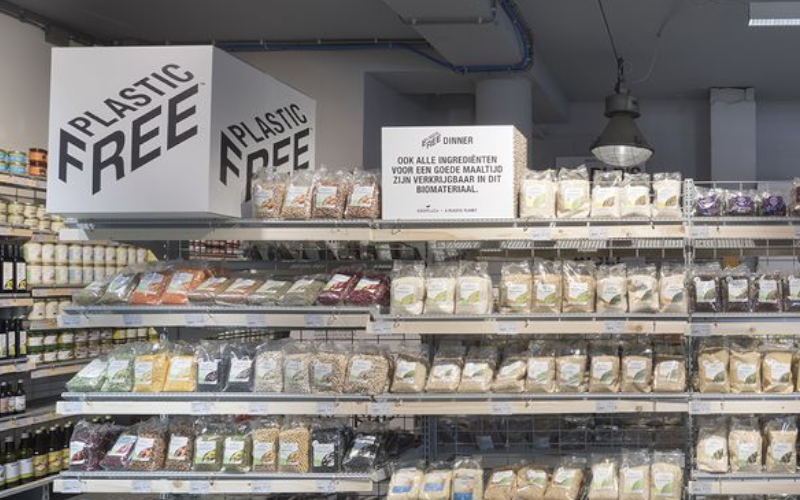 Image: MNN
Image: MNN
Either way, brands that fail to stick to their targets will certainly be reprimanded. In 2008, Starbucks pledged to make a 100% recyclable paper cup and sell 25% of drinks in reusable cups by 2015. To date, the brand has failed to do this and currently serves less than 2% of drinks in reusable cups. More than a dozen leading environmental organisations announced the launch of a global campaign “Starbucks: Break Free From Plastic” — demanding that the brand take responsibility.
Moving forward, there will be brands that use sustainable packaging as a differentiator, brands that drive innovation and brands that will be slow to embrace this move. Those who choose to ignore sustainability entirely may simply be left behind. What’s right for one is not always right for the another, yet consumers are increasingly looking to brands to shape the future of our world. And with the possibility that we may one day enter an era of reduced packaging, brands will need to find new ways of communicating their point of difference and connecting with consumers.
Sofie Rooney, Brand Strategist
Sofie’s obsessed with what makes brands tick – a desire to uncover the little nuances that make them unique. Having worked client and agency side both at home and abroad, she’s delighted to bring her strategic skills to brands like Castleknock Hotel, Drover Foods, Franciscan Well, Mount Juliet and Adare Manor over her two years with Neworld. Whether it’s brand development workshops, qualitative research, developing tone of voice or copywriting, Sofie looks forward to collaborating with many more!
Keep Reading
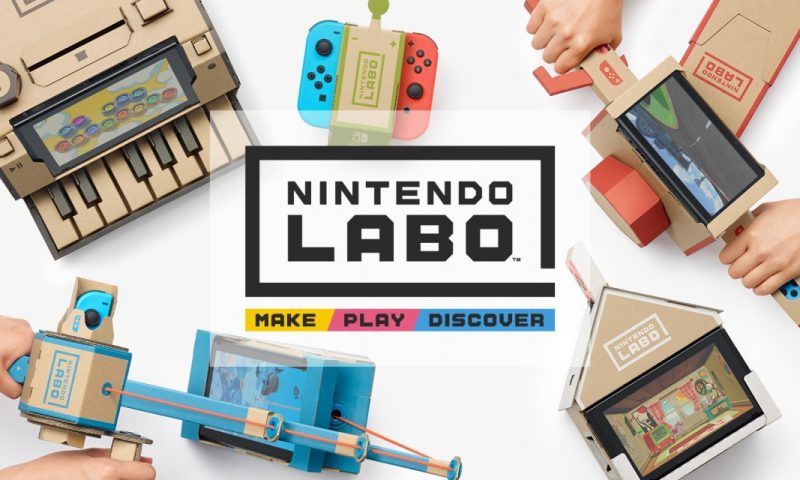
Cardboard steps into the digital world of gaming

Aurora borealis and our eye’s perception
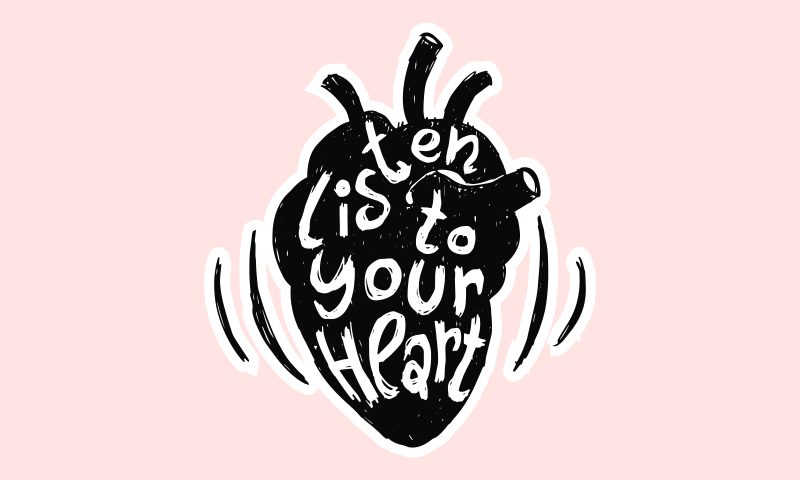
Where the heart is
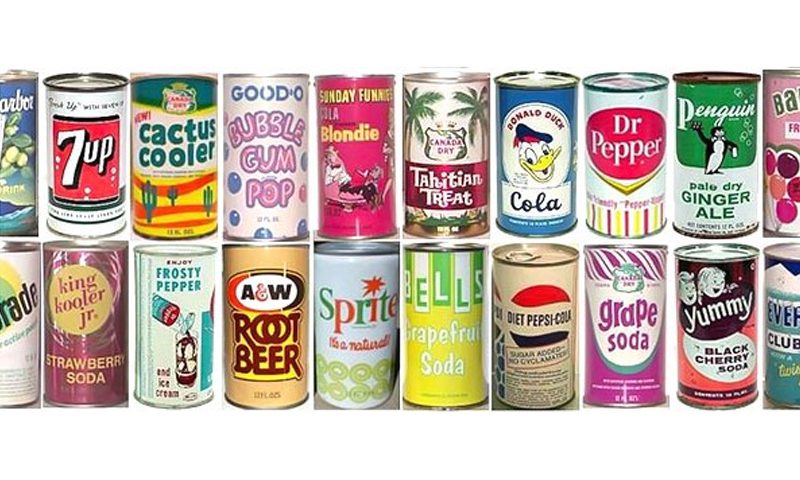
A ‘Can’ Do Attitude
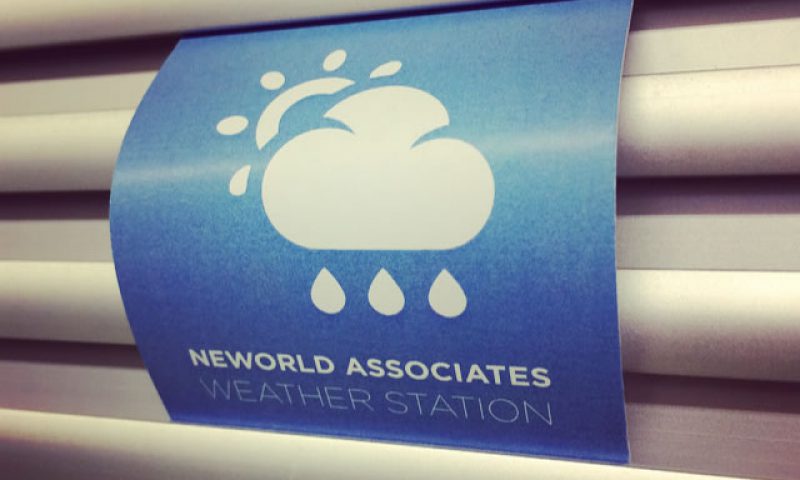
Confessions of a Weather Nerd
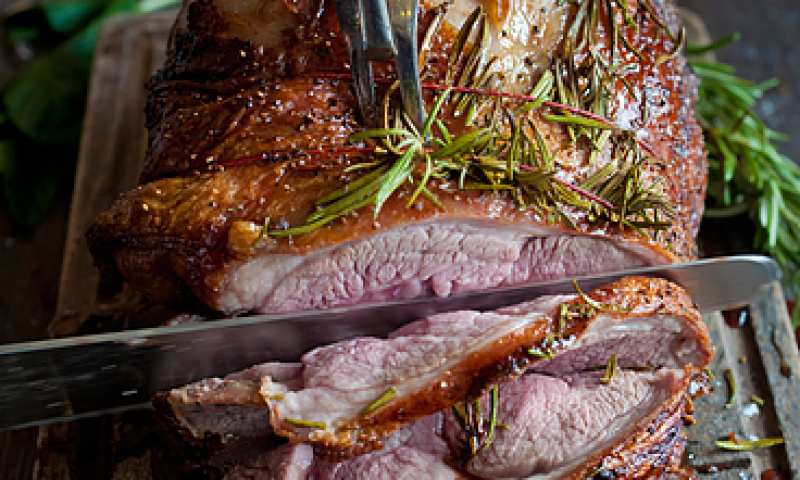
Create a truly delicious package – Ireland’s top...
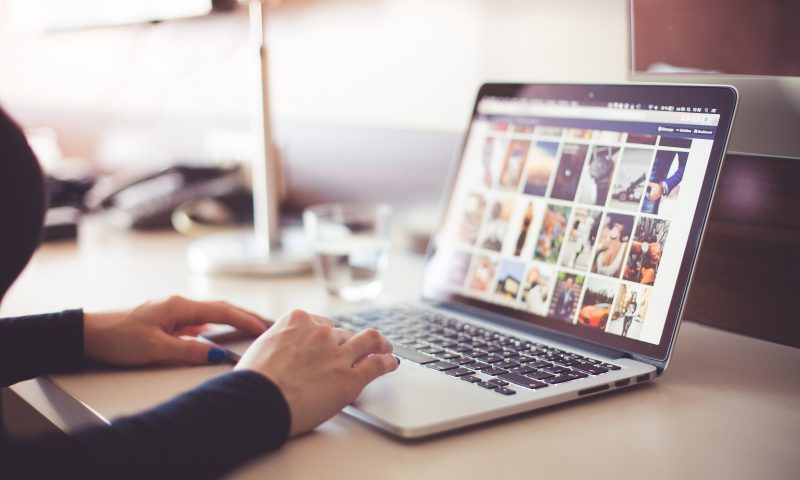
Three Reasons Why Brands Should Partner with Social Media...
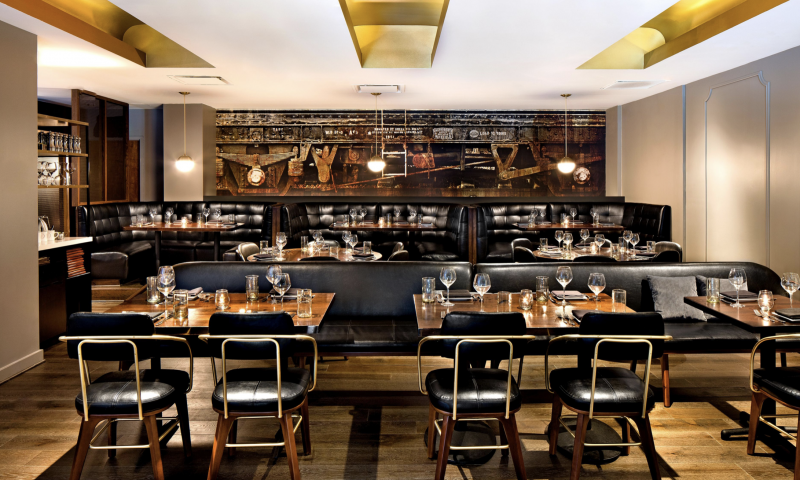
The wrong hotel restaurant branding can eat your lunch!
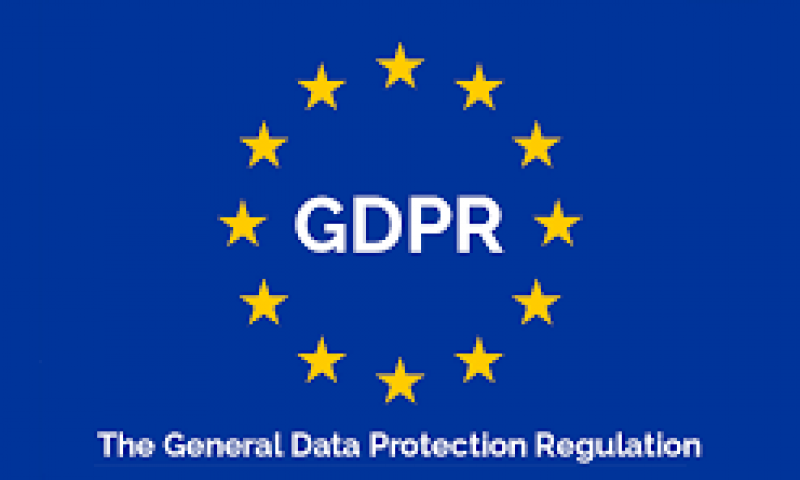
GDPR – What’s it all about?
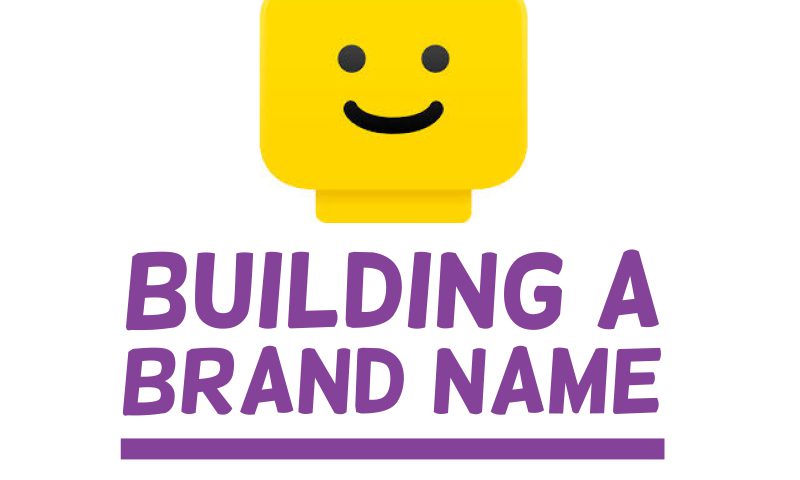
Building a Brand Name: Learn from the Leaders
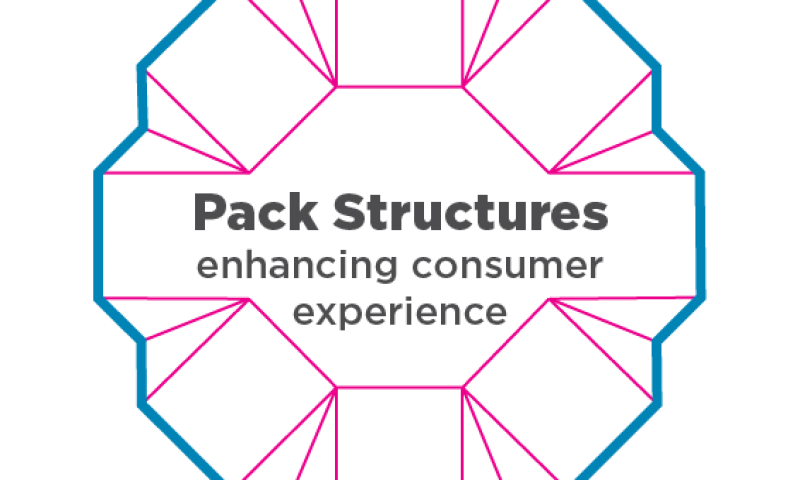
Pack structures – Enhancing Consumer Experience
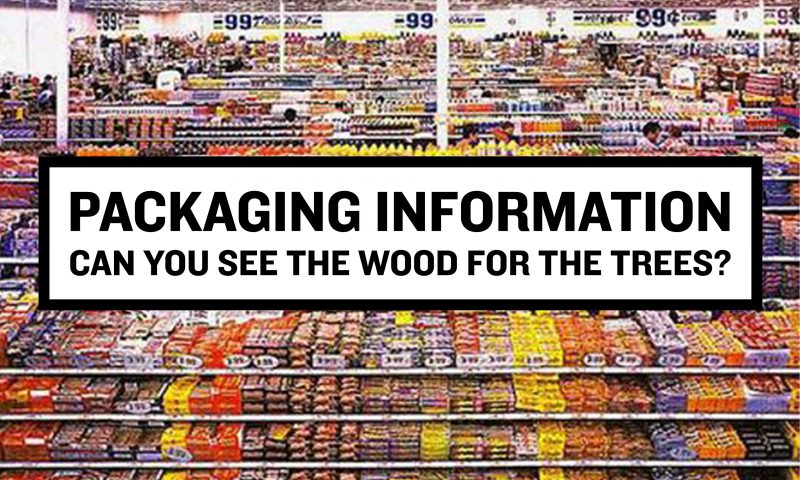
Packaging Information – Can you see the wood for the...
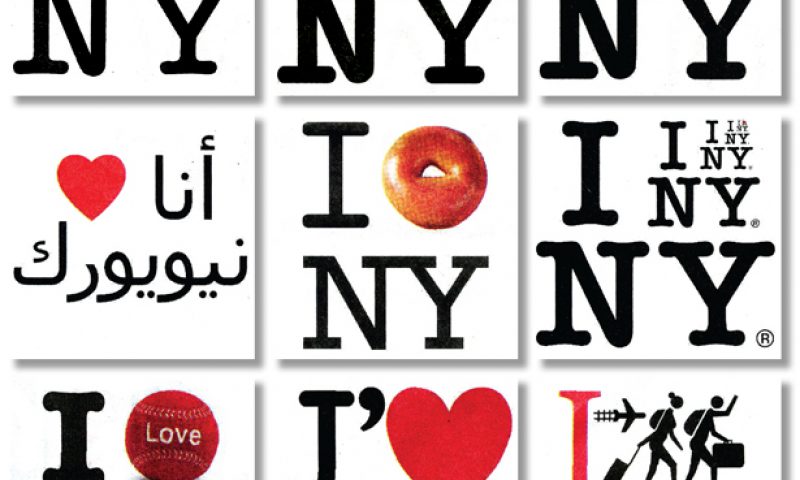
I ♥ NY – An Iconic Design Shared Around the...

Connect engage and build relationship

The Grey Area Project
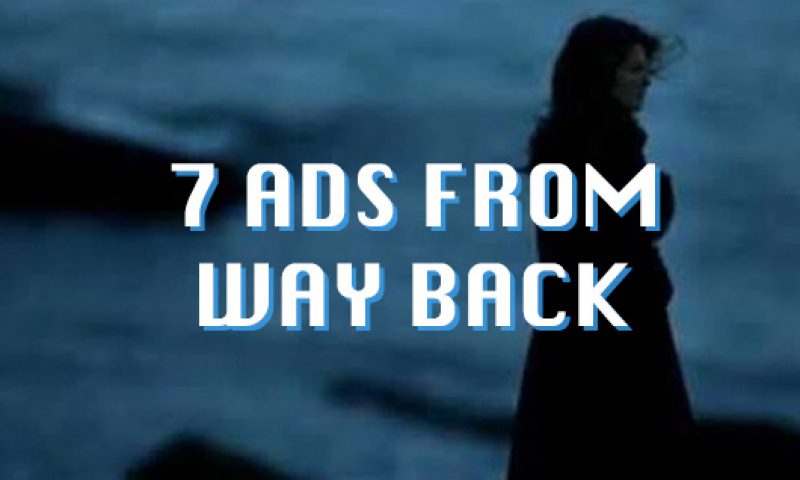
7 Classic Irish Ads and earworms
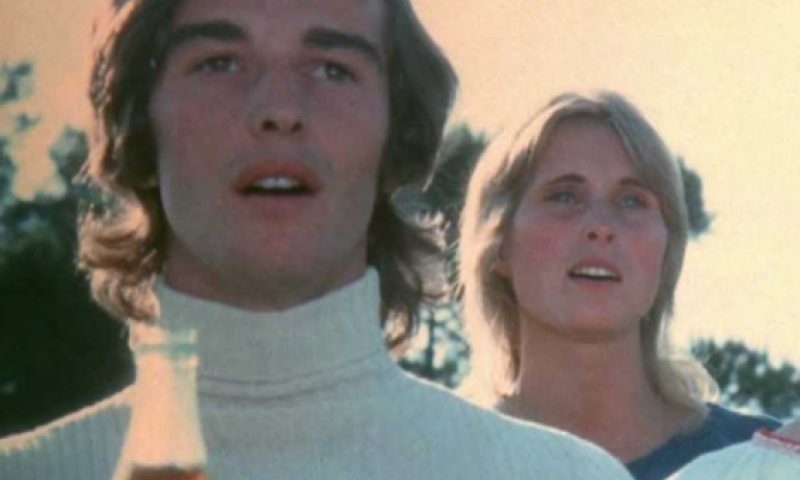
Aliens invading London and the perils of co-opting social...
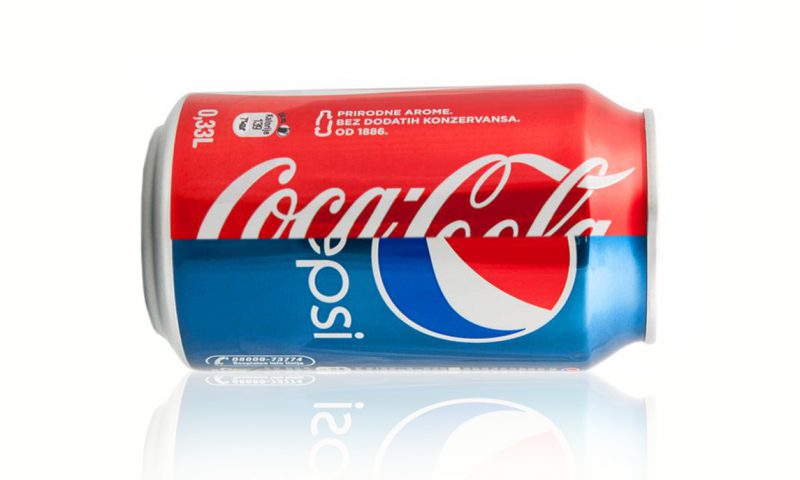
The Cola Wars
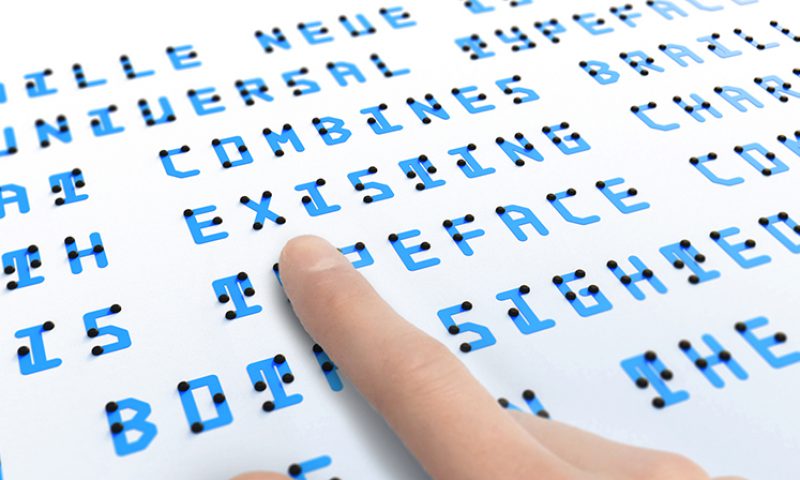
A typeface you can see and feel
